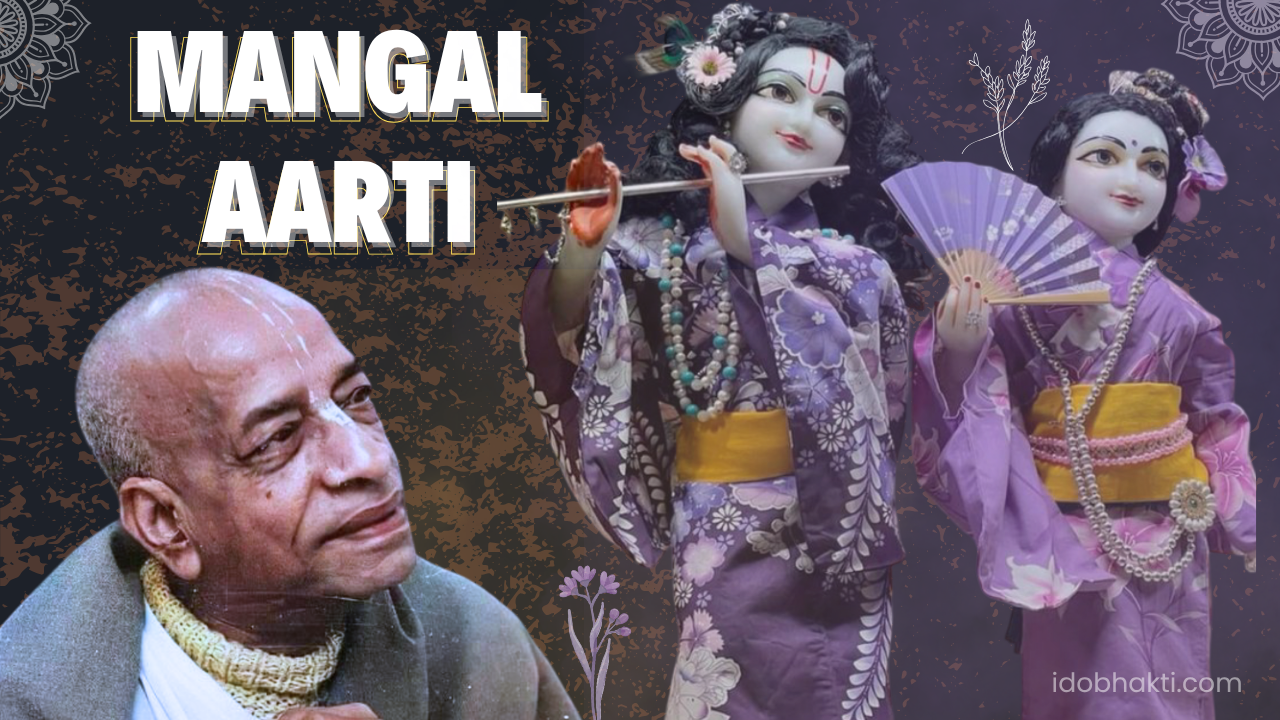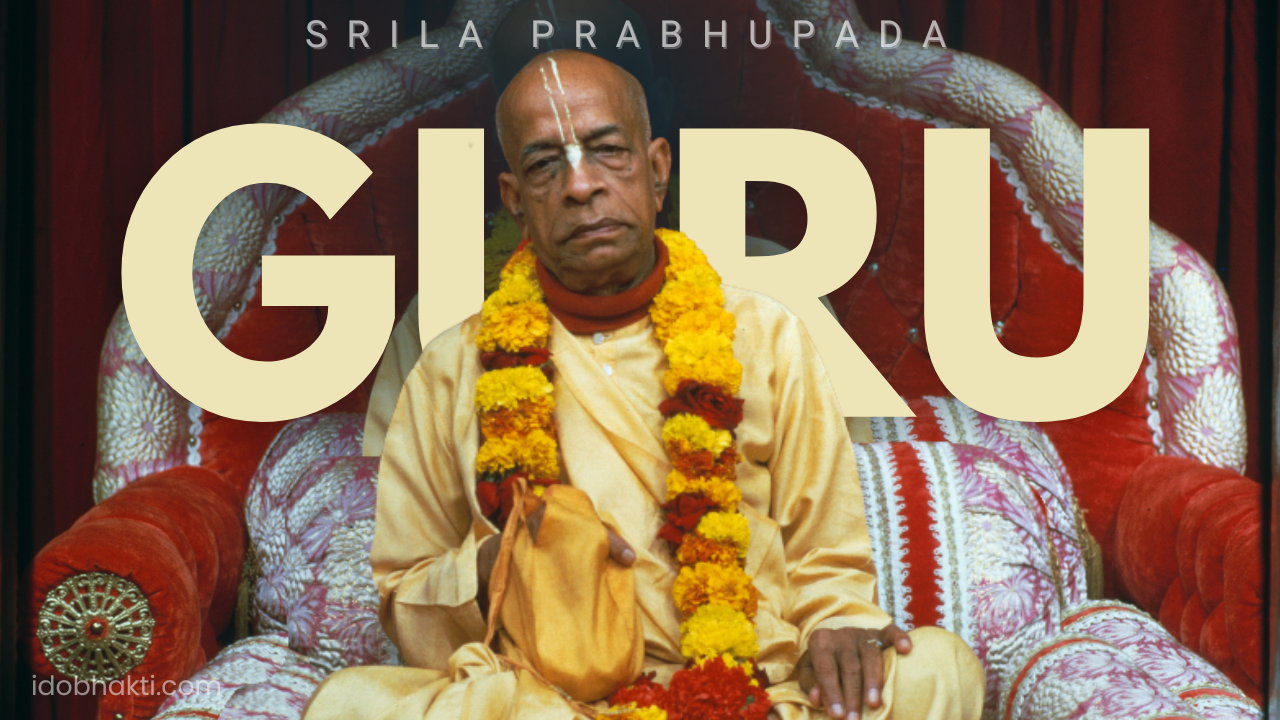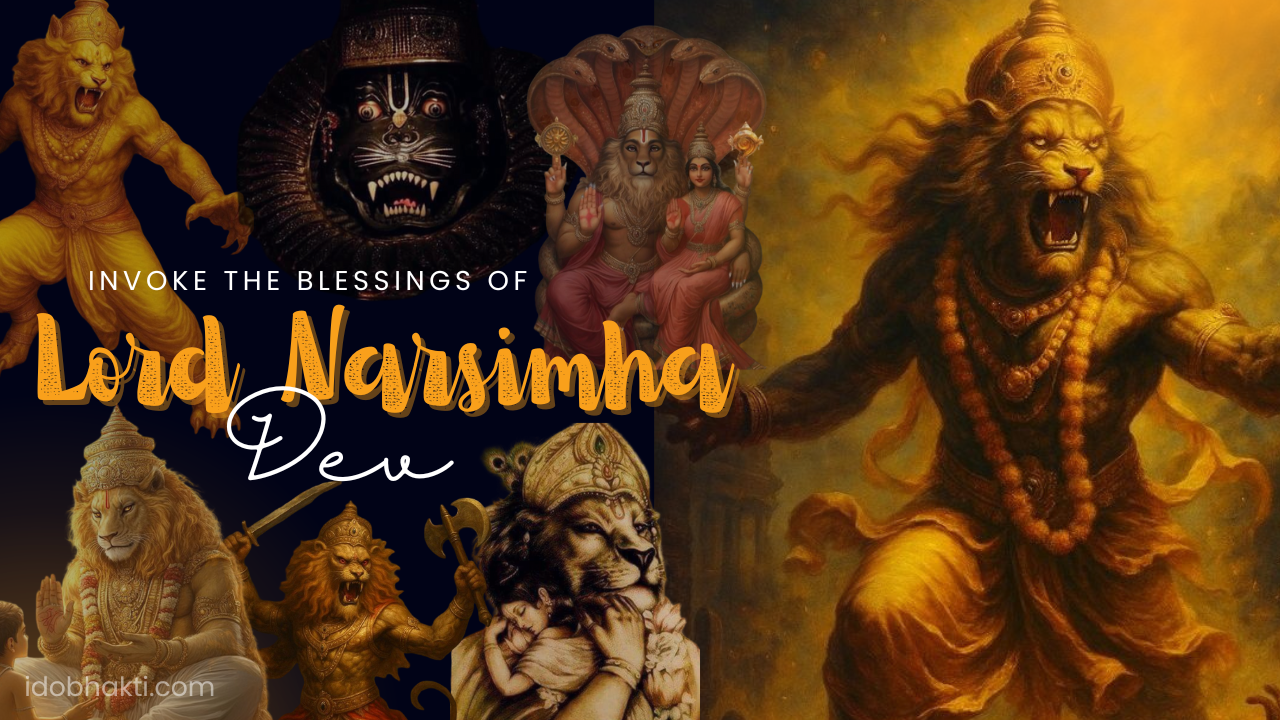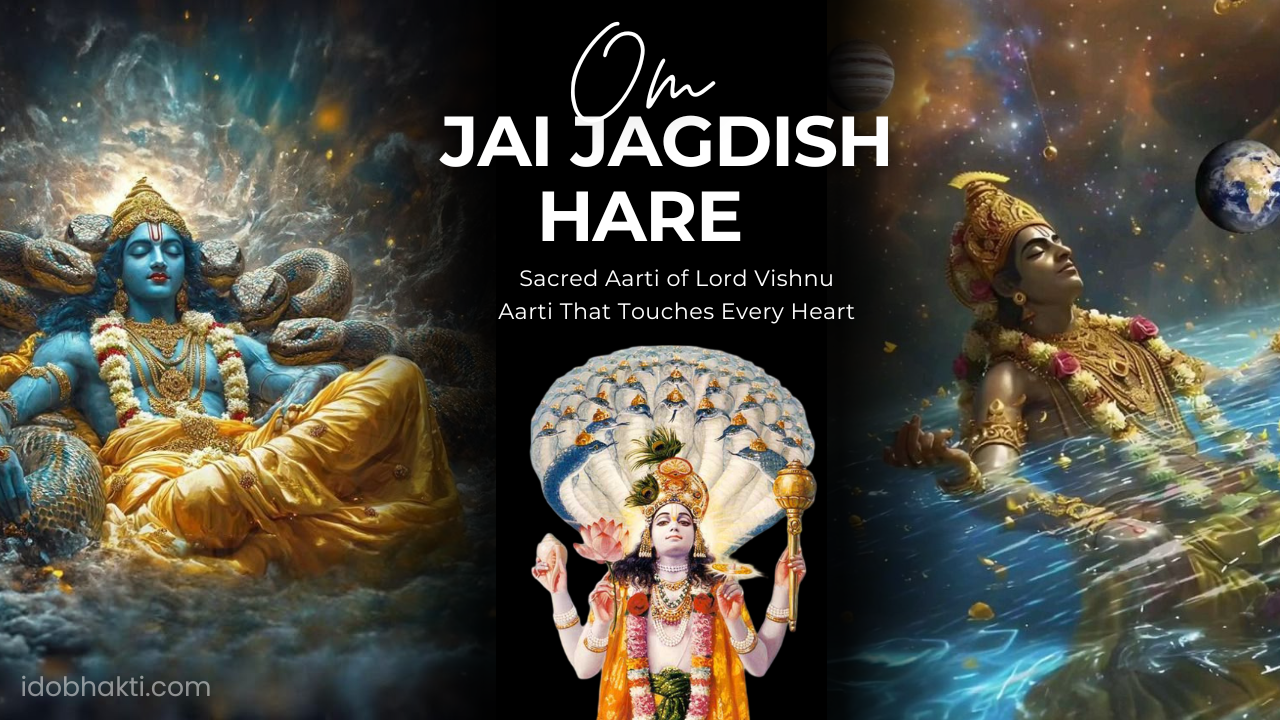
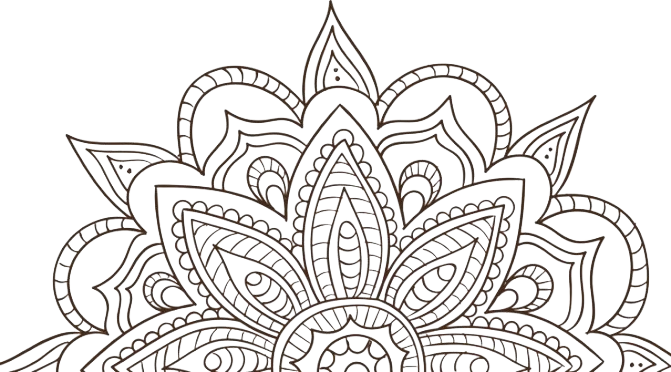



Rudrashtakam – A Devotional Offering to Lord Shiva
The Rudrashtakam is not just a praise — it is a prayer of surrender. Whether you're a devotee of Shiva, Vishnu, or both, this stotra connects the soul directly to divine shelter.

Introduction
In the vast ocean of Bhakti literature, few hymns have stirred hearts across both Shaiva and Vaishnava traditions as deeply as the Rudrashtakam. This powerful eight-verse stotra, written by the great saint Goswami Tulsidas, is a loving glorification of Lord Shiva, not merely as the fierce destroyer of the universe, but as the compassionate, transcendental servant and friend of Lord Rama.
Though Tulsidas is primarily known for his devotion to Lord Rama (a form of Lord Vishnu), Rudrashtakam reflects how true Vaishnavas honor and revere Lord Shiva, not in rivalry but in unity of purpose — in glorifying the Supreme.
Origin of the Rudrashtakam
The Rudrashtakam appears in the Uttara Kanda of the Ramcharitmanas. It is recited by Sage Lomasha, a divine sage and seer, as a heartfelt eulogy to Lord Shiva in front of Lord Rama.
Tulsidas composed it in classical Sanskrit using the Jagati meter, making it rhythmically beautiful and easy to memorize. Each verse (ashtakam) reveals a deeper layer of the mystic, serene, and infinite nature of Mahadeva.
Why Should One Chant Rudrashtakam?
The Rudrashtakam is not just a praise — it is a prayer of surrender. Whether you're a devotee of Shiva, Vishnu, or both, this stotra connects the soul directly to divine shelter.
Chanting the Rudrashtakam helps:
-
Calm the mind and remove fear
-
Cleanse inner negativity and ego
-
Strengthen one's path of devotion
-
Deepen one's connection with both Shiva and Vishnu
As Śrīmad Bhāgavatam 12.13.16 says:
"Vaiṣṇavānāṁ yathā śambhuḥ" – Lord Shiva is the greatest of Vaishnavas.
Rudrashtakam – Transliteration with Meaning
Verse 1
Namāmīśam īśāna-nirvāṇa-rūpaṁ
Vibhuṁ vyāpakam brahma-vedasvarūpam
Nijaṁ nirguṇaṁ nirvikalpaṁ nirīhaṁ
Cidākāśam ākāśavāsaṁ bhaje’ham
Meaning:
I bow to that Supreme Lord, the Lord of all, who is the embodiment of liberation. He is all-pervading, the ultimate truth of the Vedas. Free from qualities, thought, and desire — He is pure consciousness itself, dwelling in the infinite space of awareness. I worship such Lord Shiva.
This verse portrays Shiva not merely as a god with form, but as Brahman — the very consciousness that pervades all existence.
Verse 2
Nirākāraṁ oṅkāra-mūlaṁ turīyaṁ
Girā gocaraṁ mānasagranthagamyam
Munīndra-gṛhyaṁ yogibhirdhyeyamīśaṁ
Tamaḥ-pūraṇaṁ śaṅkaraṁ bhaktavṛndyam
Meaning:
He is formless, the origin of the sacred Om, existing in the transcendent fourth state (turīya). He is beyond speech and mind, yet realized by sages and yogis through meditation. He is the dispeller of darkness and the refuge of devotees. I bow to such Lord Shankara.
Here, Shiva is shown as beyond physical understanding, yet intimately knowable through devotion and inner stillness.
Verse 3
Nijajānma-mṛtyuṁ na śokaṁ na duḥkhaṁ
Na mandodayaṁ naiva kārāgraham
Sadā svātmānanda-līnaṁ pareśaṁ
Bhaje pāpahāriṁ prabhuṁ śaṅkaraṁ me
Meaning:
He has no birth or death, no sorrow or bondage. Free from pride and illusion, He is always immersed in the bliss of the Self. I worship Lord Shankara, the Supreme Lord and destroyer of sins.
This verse reminds us of Shiva’s freedom from material dualities — a state all yogis aspire to.
Verse 4
Sahastrākṣa-sañkhāraṇā-vīrya-netraṁ
Mahākāla-kālānala-prajvalantaṁ
Mukunda-priyaṁ devatānāṁ varaṁ taṁ
Śivaṁ śaṅkaraṁ śambhu-meva prasīda
Meaning:
With a glance from His eye, He reduced even Indra's pride. More powerful than Time and blazing like the fire at dissolution, He is beloved of Mukunda (Lord Vishnu) and chief among the gods. O Shiva, O Shambhu, be pleased with me.
Here, Shiva’s fierce power and tender relationship with Vishnu are revealed — a beautiful paradox.
Verse 5
Na yāvat uma-nātha pāda-aravindaṁ
Bhajantiha loke pare vā naraṇām
Na tāvat sukhāṁ śānti-santāpa-nāśaṁ
Prasīda prabho sarva-bhūta-dhayāṁ
Meaning:
Until one worships the lotus feet of Uma's Lord (Shiva), neither in this world nor in the next can peace, happiness, or relief from suffering be attained. O Lord of all beings, please be merciful.
This verse emphasizes the necessity of divine surrender for true inner peace and spiritual success.
Verse 6
Jagajjālapālīṁ suśaila-nivāsaṁ
Śivākāntaṁ īśaṁ sukhānanda-dātaṁ
Anāthaṁ suśāntaṁ munīndra-gṛhyaṁ
Bhaje śaṅkaraṁ śambhu-meva prasīda
Meaning:
Protector of the world, dweller of Kailash, beloved of Goddess Parvati, bestower of bliss and joy — He is free from ego, peaceful, and worshiped by great sages. I bow to Shankara, O Shambhu, please be pleased with me.
This shows Lord Shiva's compassionate nature — both a cosmic protector and a loving Lord of devotees.
Verse 7
Na yāvat umānātha-pāda-aravindaṁ
Na bhaktiṁ na śāntiṁ na śaukhyaṁ labhasye
Atastvām samāśritya sarvāśrayāmi
Bhaje śaṅkaraṁ śambhu-meva prasīda
Meaning:
Without devotion to the lotus feet of Uma’s Lord, one cannot attain devotion, peace, or true happiness. Therefore, I take complete shelter of You, O Shankara. Please bless me, O Shambhu.
Again, this verse reinforces surrender as the path to divine grace and eternal joy.
Verse 8
Namaste namaste vibho viśvamūrte
Namaste namaste cidānanda-mūrte
Namaste namaste tapo-yogagamya
Namaste namaste śruti-jñāna-gamya
Meaning:
Salutations again and again to You, O Lord of all, form of the universe, embodiment of bliss and consciousness. You are reached through penance and yoga, and known through the knowledge of the Vedas. I offer my repeated obeisances unto You.
This final verse is pure glorification — a heartfelt offering of surrender, awe, and humility to the Supreme Lord Shiva.
Final Reflection
The Rudrashtakam is more than a stotra — it is an emotional offering wrapped in deep philosophical truths. Though composed by Goswami Tulsidas, an ardent devotee of Lord Rama, the hymn expresses his pure reverence and understanding of Lord Shiva's divine position.
As Śrīmad Bhāgavatam declares:
"ārādhanānāṁ sarveṣāṁ viṣṇor ārādhanaṁ param |
tasmāt parataraṁ devi tadīyānāṁ samarcanaṁ"
(Padma Purāṇa)
“Of all types of worship, worship of Lord Vishnu is the highest. But even higher than that is worship of His devotees — and Shiva is the greatest among them.”
This is the true essence of Krishna Consciousness: to see Lord Shiva not as a rival, but as the most beloved devotee of the Lord, worthy of deep reverence.
How to Use Rudrashtakam in Daily Practice
-
Chant it with a clean heart, ideally at dawn, dusk, or on Mondays.
-
Meditate on Lord Shiva sitting in stillness, in the Himalayas, chanting the name of Rama.
-
Offer flowers, water, or incense while chanting to create a devotional mood.
-
Try to memorize the stotra to integrate it into your own daily sādhana.
Conclusion
Rudrashtakam opens a sacred window into the heart of Lord Shiva — not just the fierce destroyer, but the compassionate yogi, the humble devotee of Rama, the ever-blissful soul untouched by material nature.
In chanting these verses, we are not just praising Shiva — we are learning from him. His example teaches us that true greatness lies in devotion, in detachment, and in surrender to the Supreme Lord.
May Lord Shankara bless us all with spiritual strength, humility, and unwavering love for Krishna.
